Der CrossBodyAdductionTest für das ACGelenk YouTube

Cross body adduction test YouTube
Arm adduction represents movement of the arm towards the midline of the body in the coronal plane. Most individuals can manage 40° of isolated adduction. It is the opposite of arm abduction and contributes to the combined movement of shoulder circumduction. It is produced by: pectoralis major (sternal part) latissimus dorsi teres major teres minor

Der CrossBodyAdductionTest für das ACGelenk YouTube
Adductor longus strain is an injury to the muscle-tendon unit that produces pain on palpation of the adductor longus tendons or its insertion on the pubic bone & pain in the adductor region on resistance testing of the adductors. Adductor longus muscle strains are encountered more frequently in ice hockey & soccer.

PPT History & Physical Examination of the Shoulder PowerPoint Presentation ID1185166
The Cross Body Adduction Test is an orthopedic test to assess for a sensitized Acromioclavicular Joint such as in osteoarthritis. According to a study done by Chronopoulos et al. (2004) the cross-body adduction test has a sensitivity of 77% and a specificity of 79%. The authors do not recommend using this test as a standalone diagnostic tool.
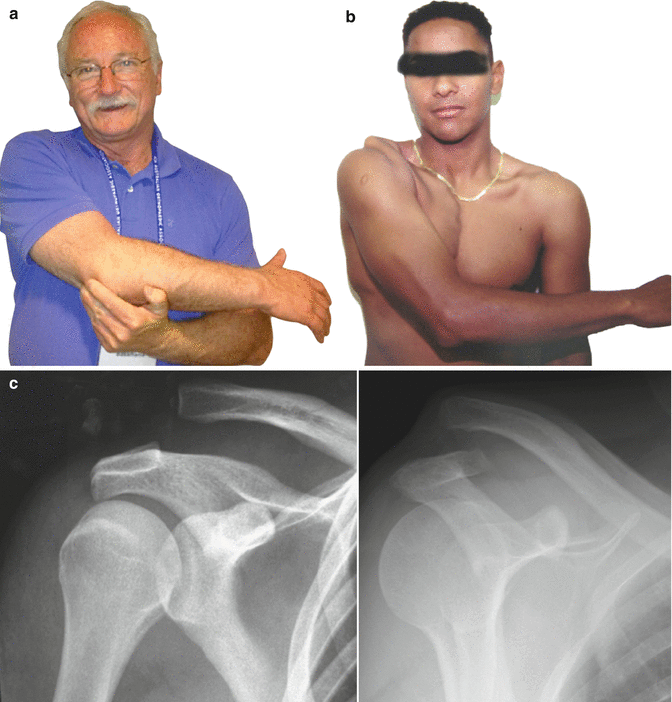
Pathoanatomy of AcromioclavicularAcromioclavicular Joint Instability Musculoskeletal Key
A test for the integrity of the acromio-clavicular joint.The test is positive at the end of the maneuver there is pain at or near the acromio-clavicular join.

Cross Body Adduction YouTube
A cross-arm adduction test is performed by taking the affected arm straight across the body and pressing towards the opposite shoulder. A positive test recreates symptoms of pain directly at the AC joint. Many people with AC joint problems also have typical symptoms of rotator cuff impingement, since these conditions go hand in hand.
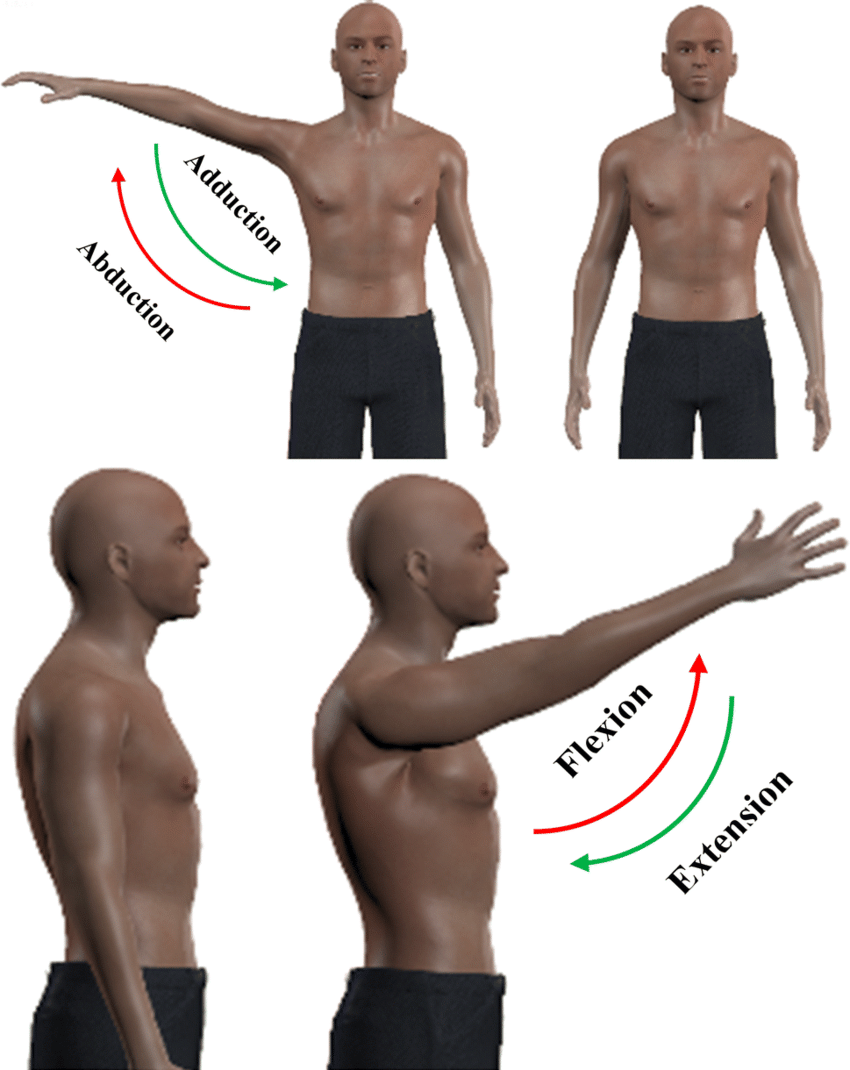
Schematic of shoulder abduction/adduction and vertical flexion/extension Download Scientific
Ask the patient to abduct both arms by elevating them laterally until they are above the head, at 180°. Abduction. Image credit. Cross-body Adduction Have the patient flexing the upper extremity forward to 90°. From this position, ask the patient to maximally adduct the shoulder by moving the arm horizontally all the way to the other side.

Seated Thoracic Extension with Arms Crossed YouTube
The Saccomanni (Sac) test is essentially the cross-adduction test, with the addition of attempted elevation against resistance. In a positive test, this results in some pain and the inability of the patient to maintain the arm in the adducted and elevated position against resistance.

Overhead Mobility Cross Body Adduction Stretch with Scapula Blocked YouTube
The cross-body adduction test, also known as the crossover test, is used to evaluate the acromioclavicular joint.. Abduct the patient's arm to 90 degrees and then flex the elbow to 90 degrees.
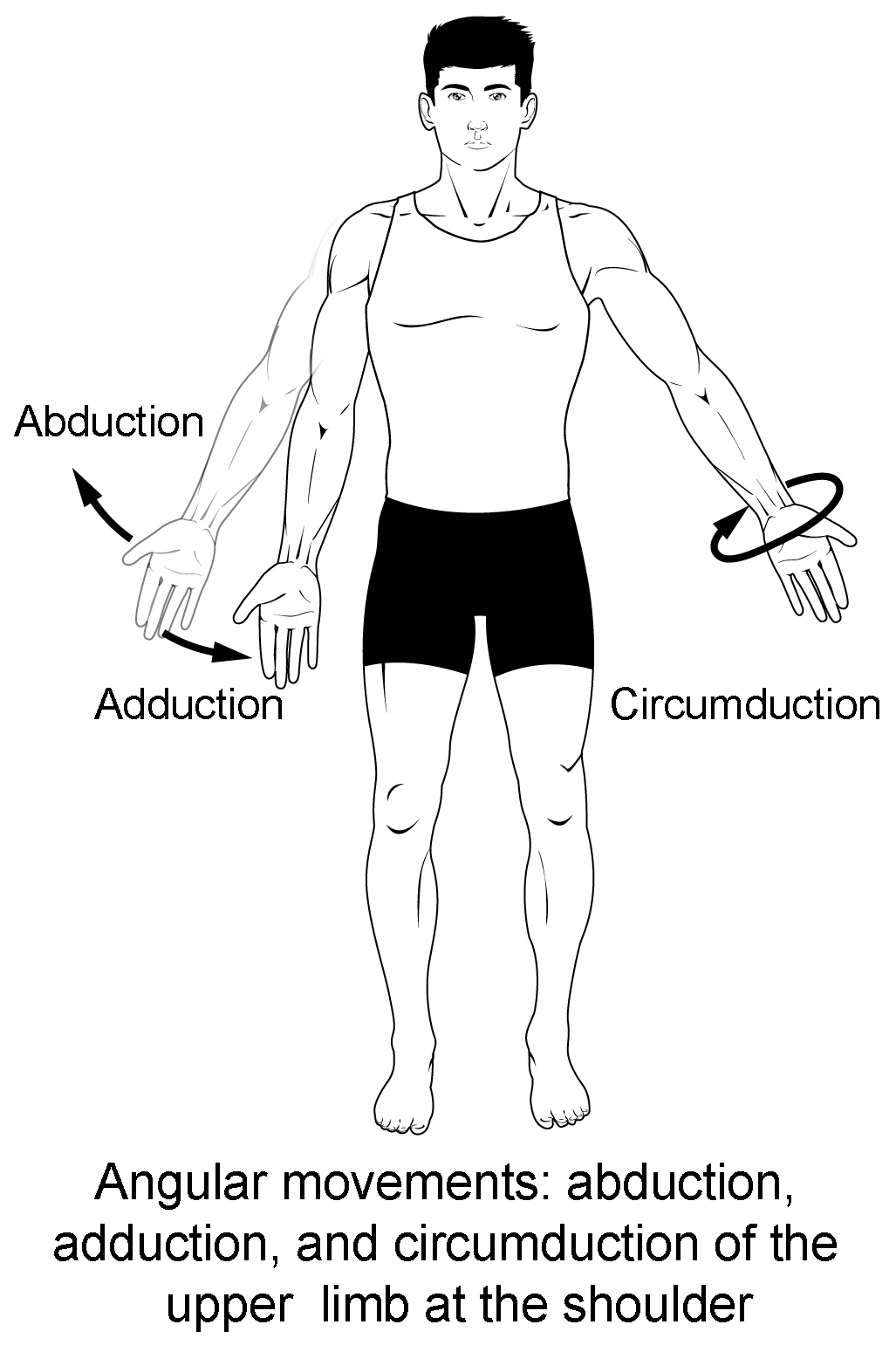
Types of Body Movements Anatomy and Physiology I Course Hero
The cross-arm test isolates the acromioclavicular joint. The patient raises the affected arm to 90 degrees. Active adduction of the arm forces the acromion into the distal end of the clavicle.

Cross Body Adduction Test YouTube
The physician should be able to discern the exact location of pain reproduction with the cross-body adduction maneuvers. Superior Labrum Anterior-Posterior (SLAP) Lesions O'Brien's test/Active compression test: The patient is standing, and the arm of interest is positioned at 90 degrees of forward flexion, 10 degrees of adduction, and.

Joint articulations and the three planes of motion Muscle Activation Guide
Based on analysis of the two included studies (Table 1), the special tests evaluated were Paxinos sign, O'Brien's test (AC joint active compression), cross-body adduction, Hawkins- Kennedy, and AC joint tenderness to palpation (Table 2). The extracted statistical characteristics for the evaluated special tests are listed in Table 3.

Single joint movements. a shoulder abduction; b shoulder flexion; c... Download Scientific
Cross Arm Adduction Impingement Test Ccedseminars 11.2K subscribers Subscribe 34 Share 3.2K views 2 years ago Athletic Injuries 204/304: Swimming Injuries To view more of Dr. Donald Ozello's.

Adduction Physiotherapy News
The scarf test, also known as the cross-body adduction test, is used to assess the integrity of the acromioclavicular (AC) joint. Technique The test is performed by passively bringing the patient's arm into 90 degrees of forward flexion, with their elbow also flexed to 90 degrees.
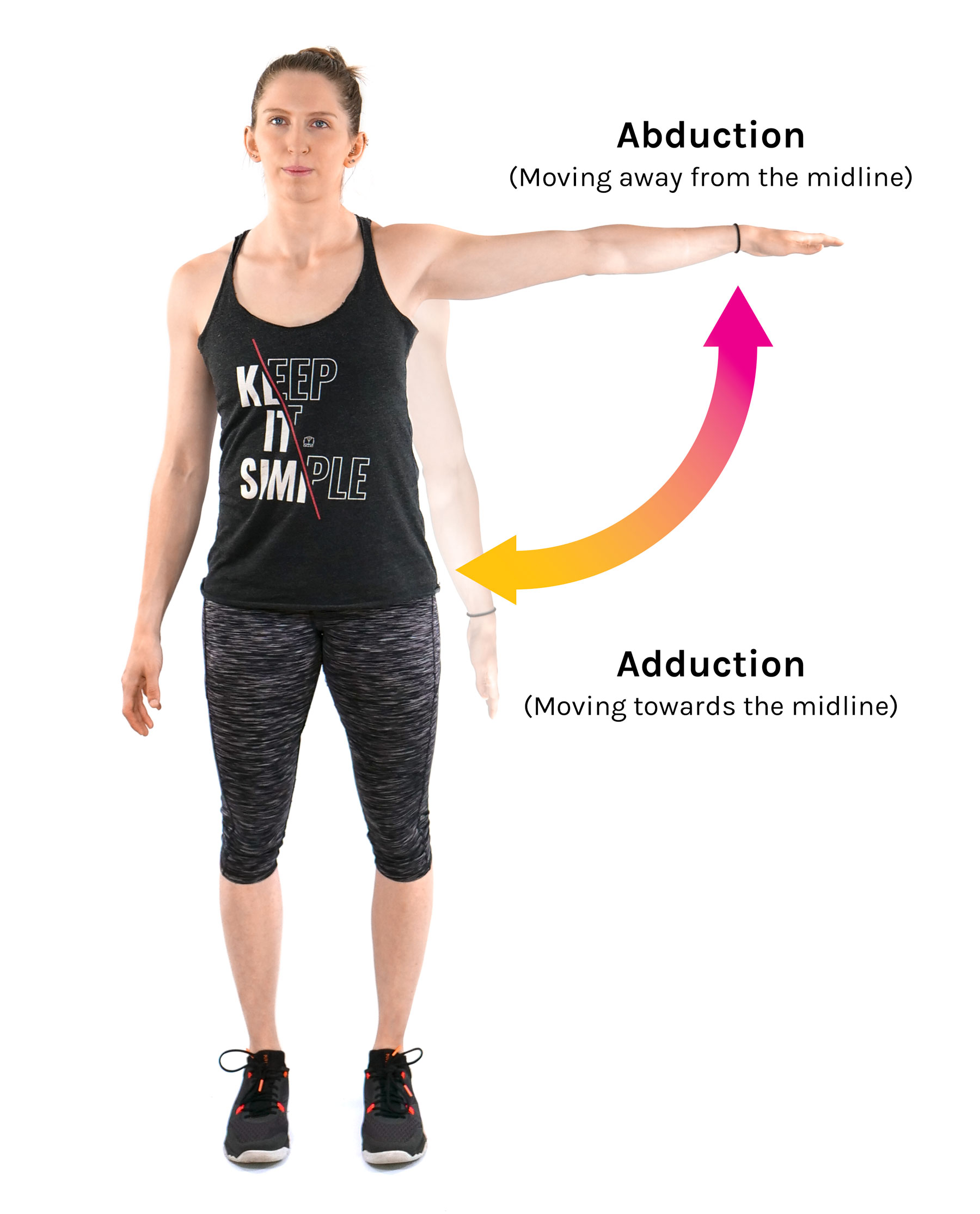
Anatomical Movements Tom Morrison
(Cross-Arm Adduction Test) (the Shear Test) (Scarf Test) The Acromioclavicular (AC) Shear Test, also known as the Cross-Arm Adduction Test or the Shear Test, is a physical examination maneuver used to assess the integrity and stability of the acromioclavicular joint in the shoulder. It is commonly performed to evaluate for AC joint pathology.

Der CrossBodyAdductionTest für das ACGelenk YouTube
Enroll in our online course: http://bit.ly/PTMSK DOWNLOAD OUR APP:📱 iPhone/iPad: https://goo.gl/eUuF7w🤖 Android: https://goo.gl/3NKzJX GET OUR ASSESSMENT B.
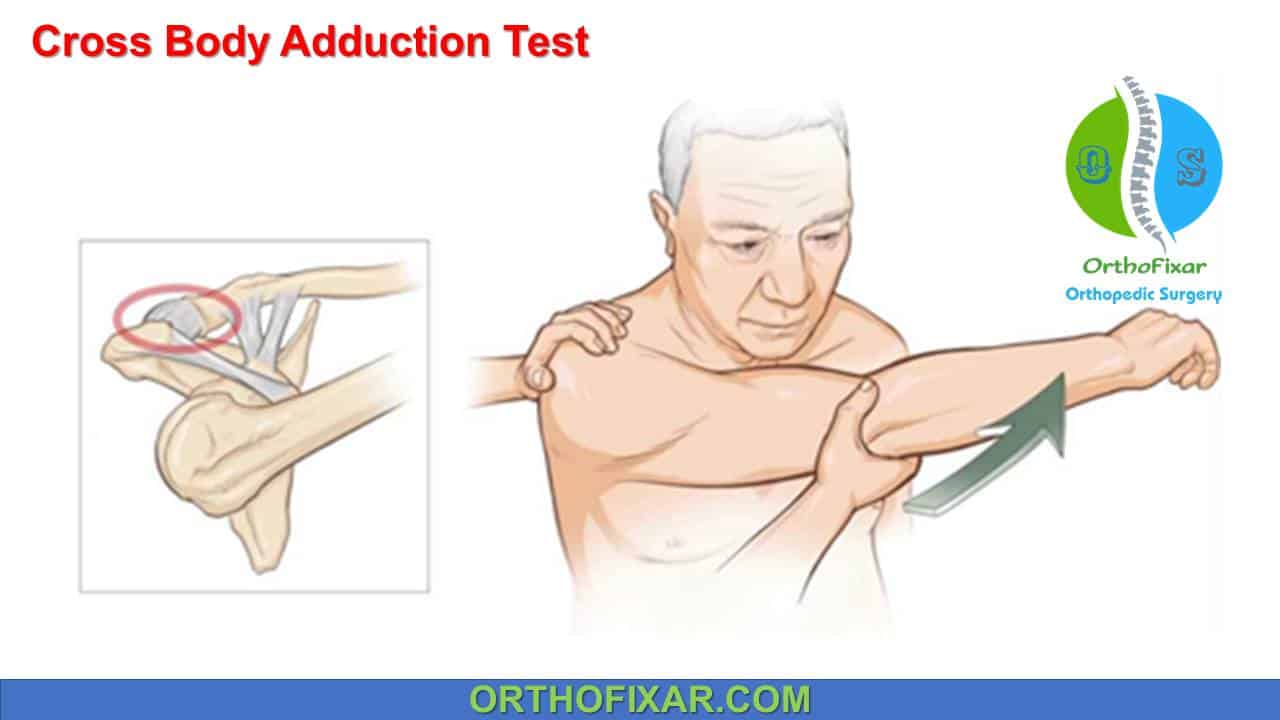
Cross Body Adduction Test
Overview The acromioclavicular (AC) and sternoclavicular (SC) joints function to connect the upper extremity to the axial skeleton. Injury to these ligamentous-restrained joints often results from trauma. AC joint injuries are common and account for 9% of all shoulder injuries.